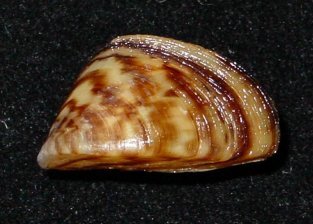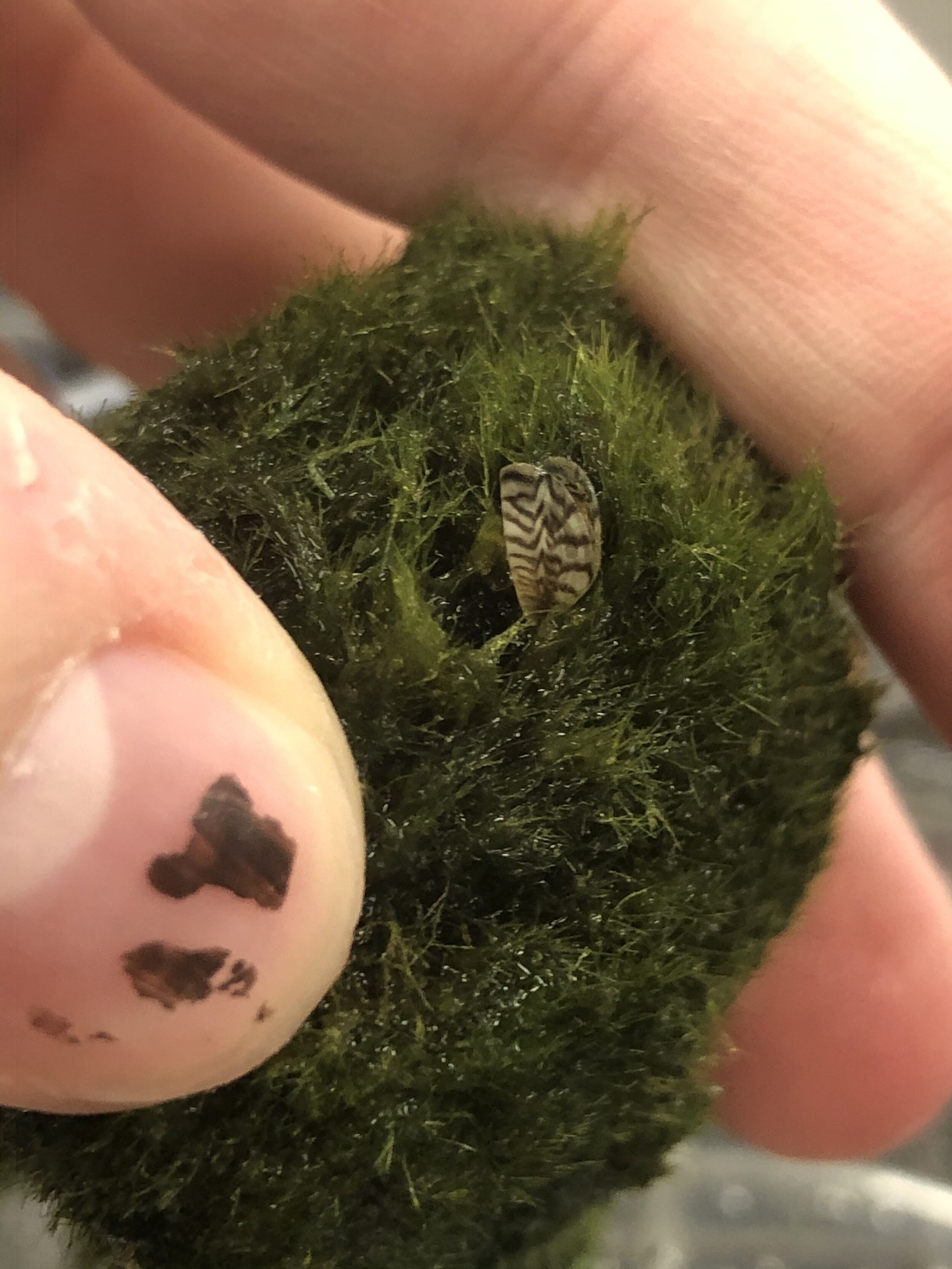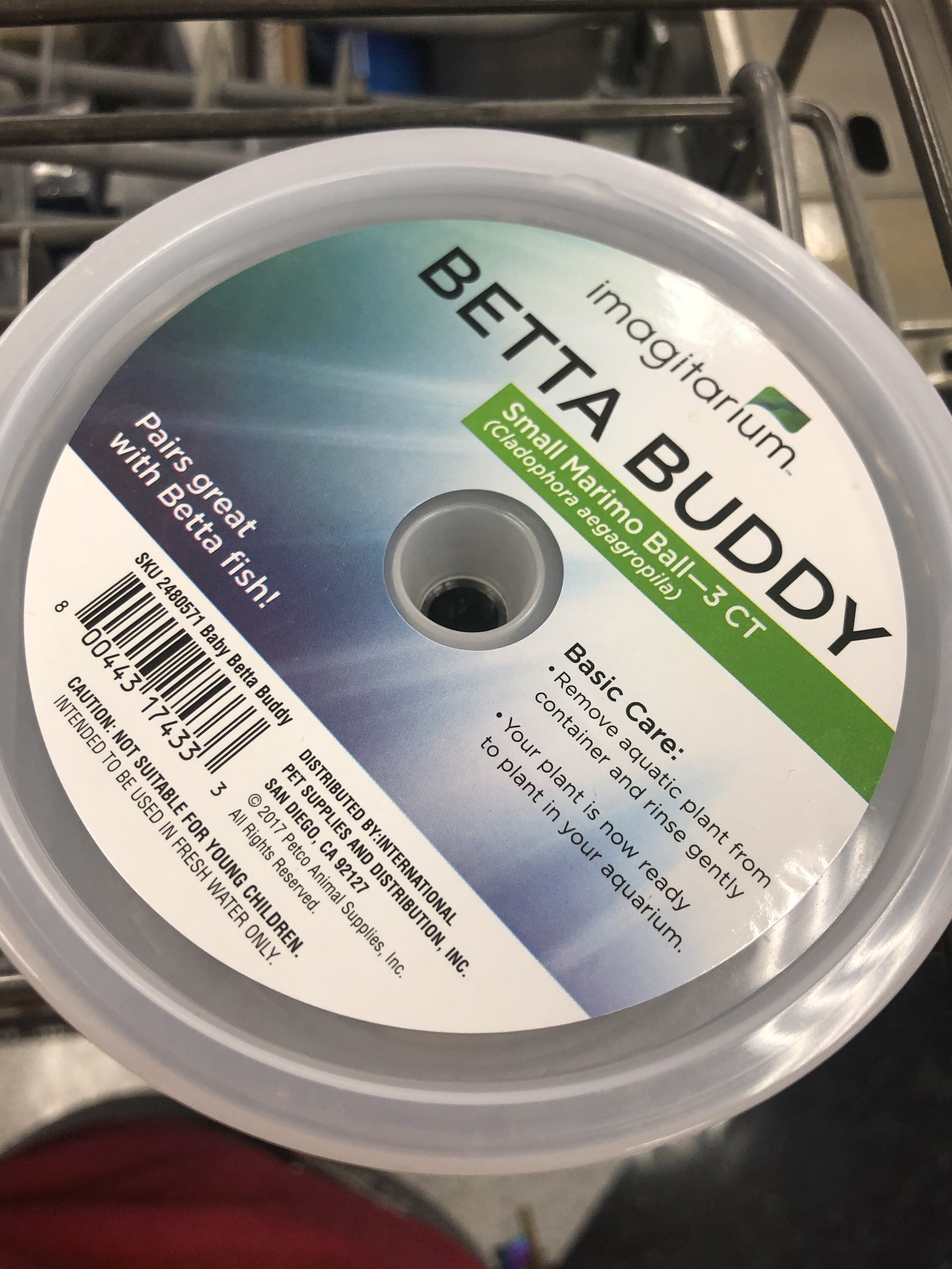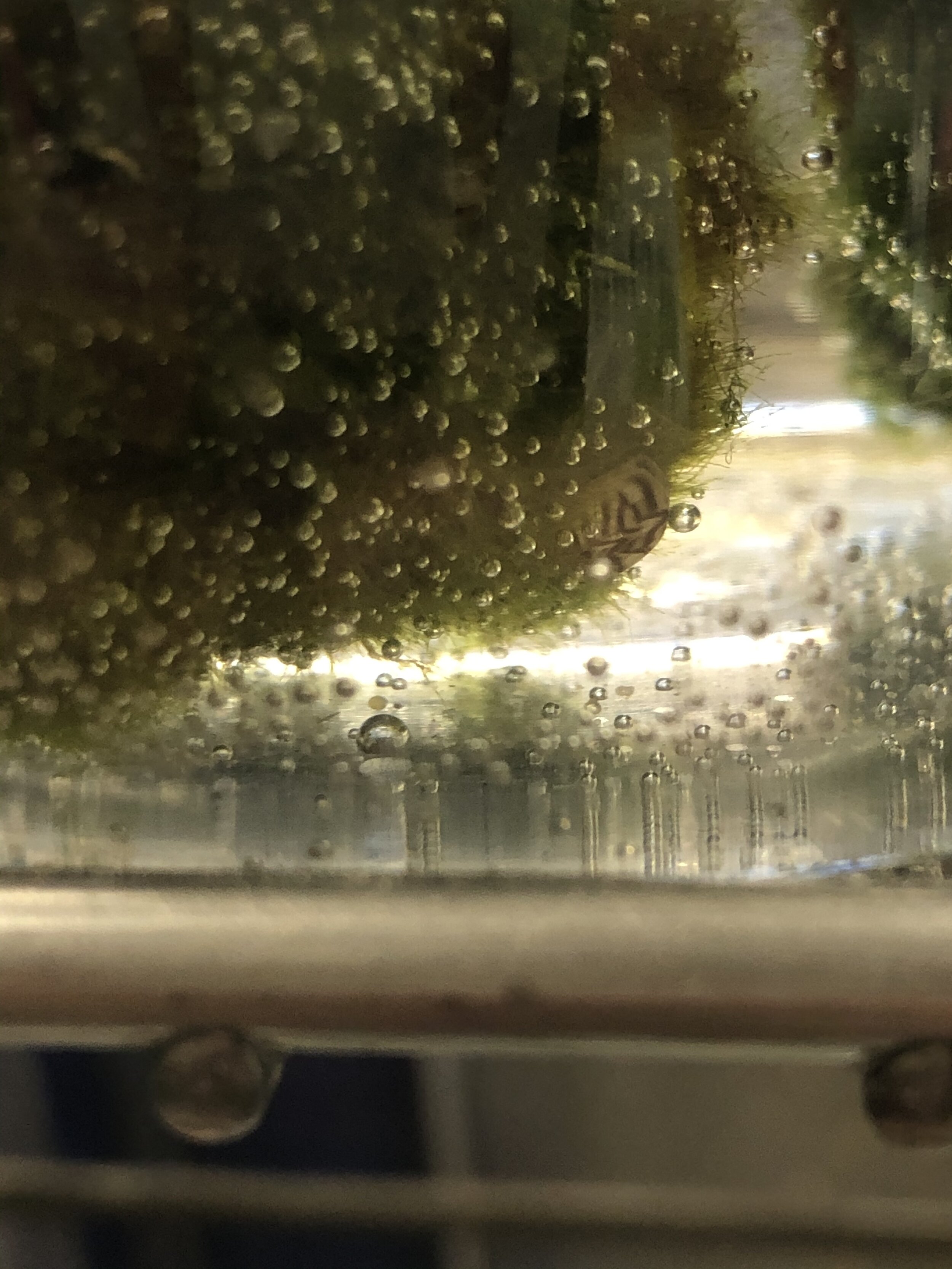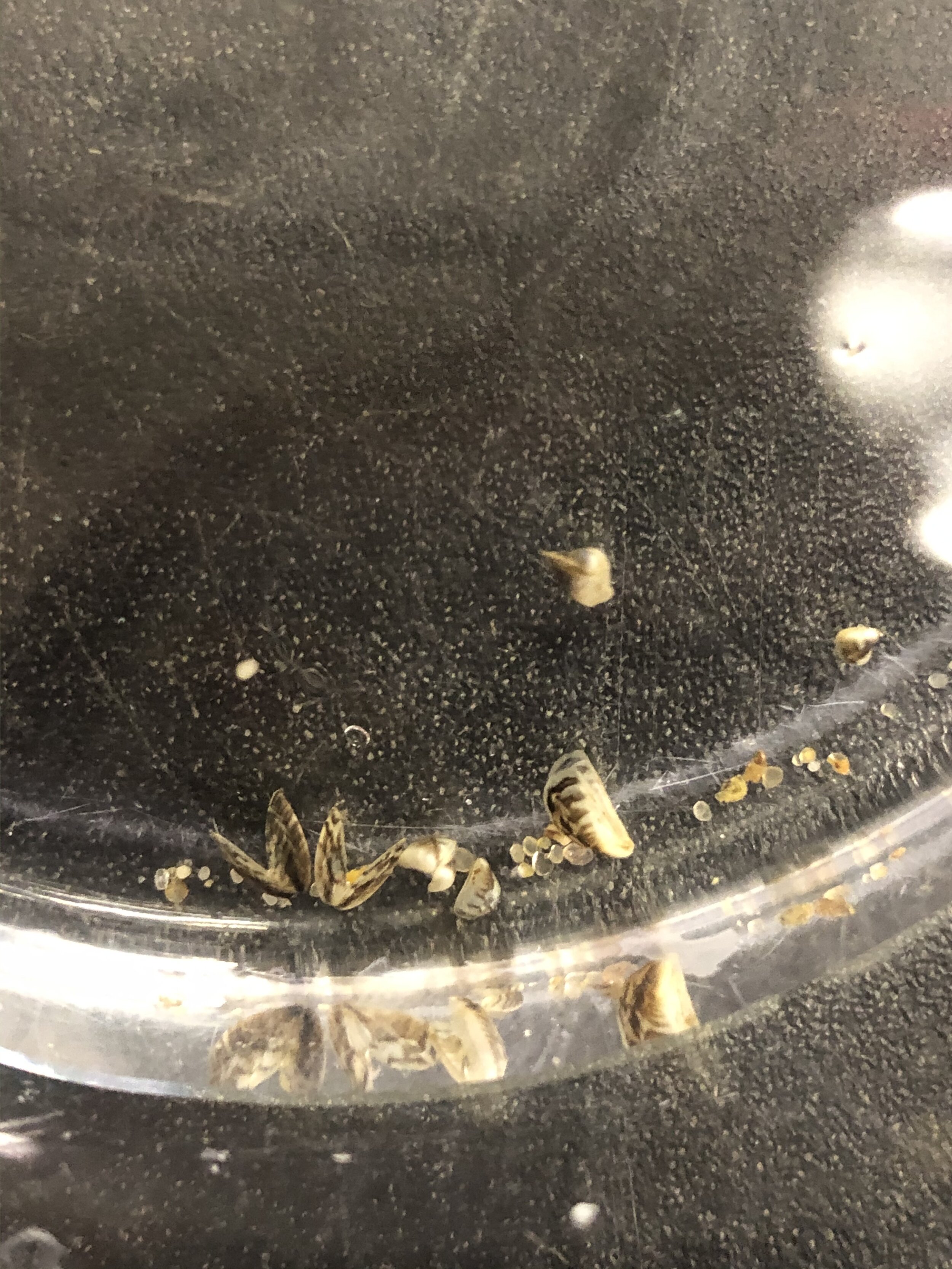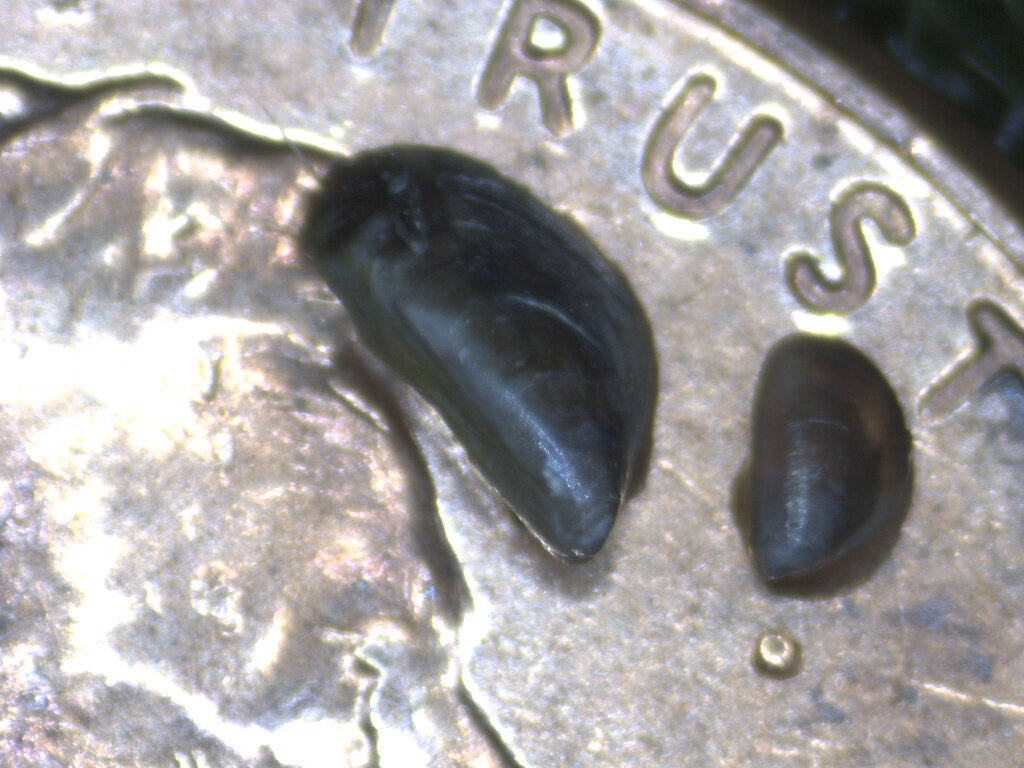January & February 2021 OISC Meetings Recap
/In case you missed them, here is a quick recap of the most recent Oregon Invasive Species Council meetings held January 20 and February 24, 2021. We had 20 attendees at the condensed 1-hour meeting in January and 29 attendees at the February meeting, representing 25 organizations in total. Representation included 6 Federal Agencies, 6 State Agencies, 2 Educational Institutions, and others including tribes, NGOs, advocacy groups, and individuals.
Summary of the January meeting:
This 1-hour special meeting was scheduled specifically to review the Memorandum of Understanding (MOU) with the Oregon Department of Agriculture (ODA) and Oregon Department of Justice (DOJ). After the matter was discussed, the OISC agreed to hold in abeyance a due date for requesting legal advice from the DOJ and to proceed with the MOU discussions with ODA.
Additionally, as the first OISC meeting of 2021, the OISC welcomed Rick Boatner (Oregon Department of Fish & Wildlife) as the 2021 OISC Chair. The OISC also welcomed Eugene Wier (The Freshwater Trust) into the environmental advocacy seat and Josh Emerson into the Oregon Department of Environmental Quality seat.
Highlights from the February meeting include:
Rick Boatner (Oregon Department of Fish & Wildlife) gave a brief overview of the history of the OISC (link to PDF).
Troy Abercrombie (2021 OISC Vice Chair, Western Invasives Network) and Sarah Callaghan (USDA Forest Service) gave a presentation titled Fire Recovery 2020: Lessons Learned & Future Opportunities and led a group discussion on where the OISC can strategically support fire prevention and mitigation (link to PDF).
Sam Chan (Oregon Sea Grant) and Jalene Littlejohn (OISC Coordinator) gave an update on the Invasive Species Threats and Opportunities Primer. The OISC approved the Primer in present form, with minor text edits. The final published version of the Invasive Species Threats and Opportunities Primer can be found here.
Christine Moffitt (Friends of South Slough Reserve) and Peter Kenagy (Kenagy Family Farm, Inc.) gave an update on the OISC Legislative Committee’s efforts to inform Oregon Senators about the open member seat. The OISC also reviewed and approved an outline and general format of the biennial report.
Jas. Adams (OISC Public Member) gave an update on the Statewide Strategic Action Plan reporting effort. The action report form will be simplified and added to the OISC website for completion.
Jalene Littlejohn (OISC Coordinator) gave a tour of AirTable (link to PDF) to show how it has been used to organize the OISC’s Worst List. The OISC approved the cost for using AirTable for the Worst List and other options down the road.
Karen Ripley (USDA Forest Service) gave an update on behalf of the Communications Committee and shared that the new OISC brochure is available on the website and a new post-wildfire resources webpage was also created.



